The Geometry Of A Gravel Bike

The bikes I ride on pavement or gravel are more than road, all-road, or gravel bikes. They are efficient, practical, surface-agnostic bikes that bridge the functionality gap between road and off-road. In this post, I want to look at the geometry of the bikes I have ridden in the last nine years.
I started on a red Volagi Viaje with 700C wheels in March 2014. The Viaje, introduced on Kickstarter in August of 2012, was a bike ahead of its time. Its frame and fork had enough clearance for 40mm wide 700C tires and offered plenty of room for 650B RoadPlus tires. It was engineered for adventure. Many today equate adventure with bike-packing, so in this day and age, I would not view the Viaje as an ideal adventure bike. It lacks the many mounting points to carry bags, and the magnificent Long Bow Flex Stays cannot handle much more than the weight of the rider. I loved it, though, and I still do. Born in 2012, the Volagi Viaje had a fairly traditional road bike geometry. It rode like a road bike with a head angle of 72º, a BB drop of 70 mm, short chain stays, and a short wheelbase. It was agile and quick steering. It was fun on gravel, but I always had to pay attention to where it was going. This got even more pronounced when I built my third Viaje with 650B wheels. Equipped with smaller wheels, the Volagi Viaje tends to oversteer when leaning into a turn.
The Nordest Albarda I built in the fall of 2019 is a different machine. Nordest designed it more along the lines of a comfort bike. A semi-slack head tube angle of 70º and a high 74mm trail result in a bike with a lot of steering stability. One can more easily take the eyes off the road without immediately veering into the ditch. The 28mm longer front center is another good indicator of a well-mannered ride feel. Thanks to the short chainstays and extremely low bottom bracket the Albarda is by no means lethargic. It comes to life at speed. One thing to point out is that I went with a custom geometry because the stock geometry was a bit too upright for my taste. I ordered a medium frame with a 15mm shorter head tube - the head tube of a small. From October 2019 to March 2021, I rode the bike on 700C wheels. In the spring of 2021, I swapped the groupset from a 2x11-speed SRAM Red eTap HRD to a 2x12 Red AXS groupset and went 650B. This reduces the trail from 74mm to about 68mm and slightly lowers the wheel flop. And it is noticeable! Like the Volagi Viaje, I prefer the Nordest Albarda with 650B wheels.
The 2023 Marin Gestalt X10 is a whole different beast. The vast majority of gravel bikes are essentially nothing more than road bikes with room for large tires. The Marin X10 and XR, on the other hand, borrow a lot from modern mountain bikes. And that's why I pulled the trigger and got one. So, what about that geometry? The most eye-popping differences are head tube angle, reach, and a dramatically elongated front-center as a combination of the two. To keep my position, I shortened the stem from 110/100 mm (Viaje/Albarda) to 44 mm. I mounted a wider handlebar to better deal with the very high trail figure and the increased wheel flop. It’s an Easton EC70 AX in 46 cm. With a 16º flare, the bar has 53 cm in the drops. Maybe also to note, based on Marin’s sizing chart, I’m smack in between an M and an L. I went with a large. The next couple of weeks will show if Marin is onto something with such an MTB-inspired, hard-charging, rough-and-rowdy gravel/adventure bike.
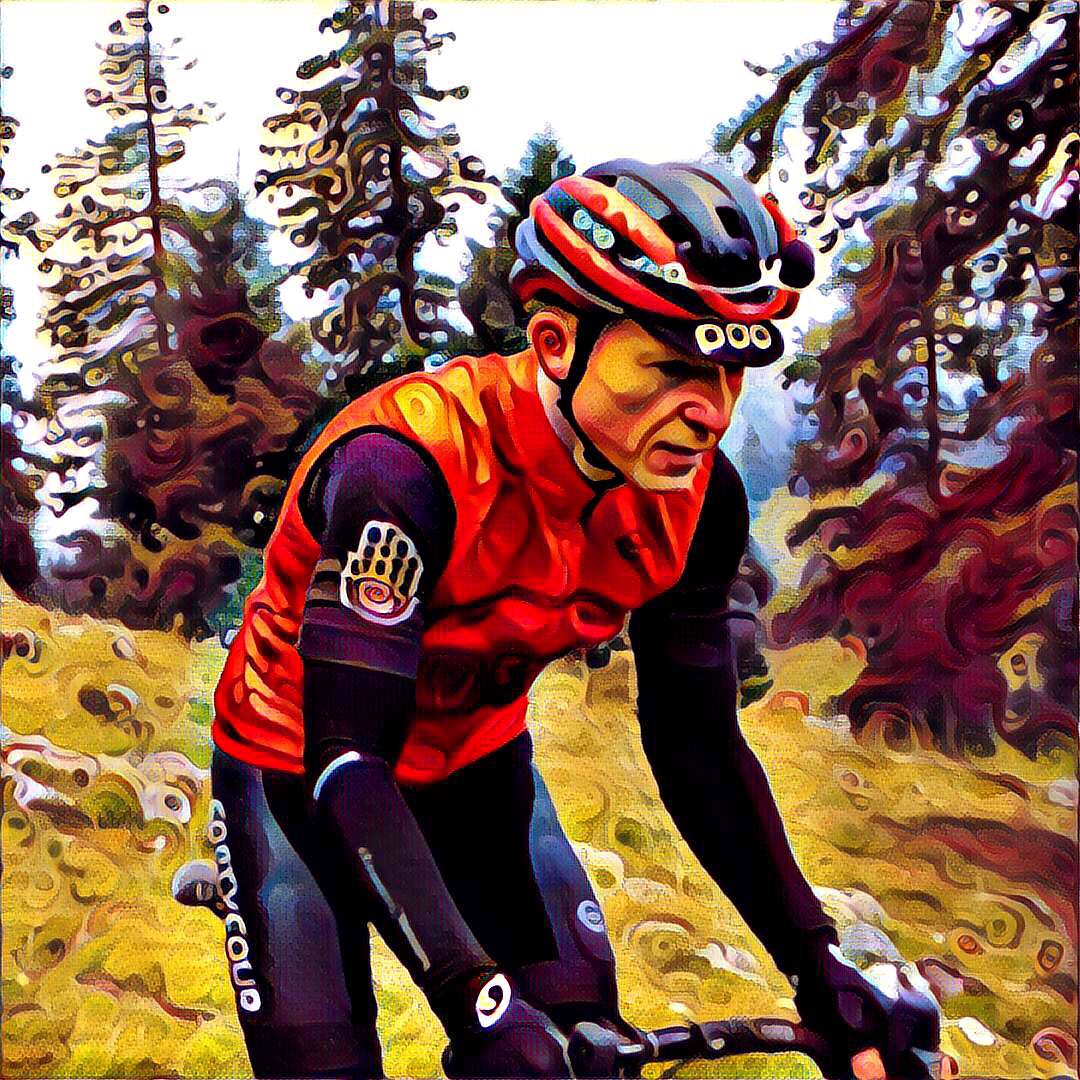
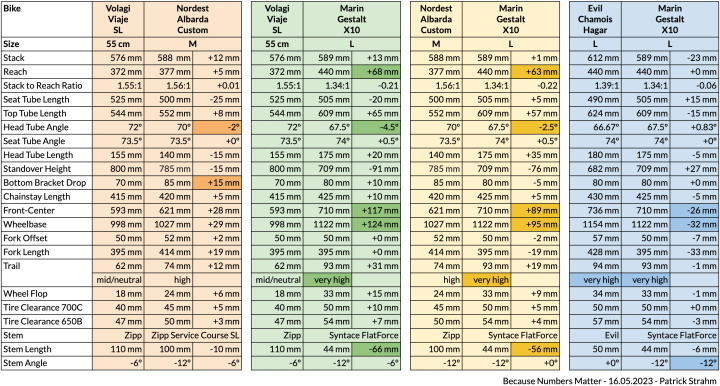

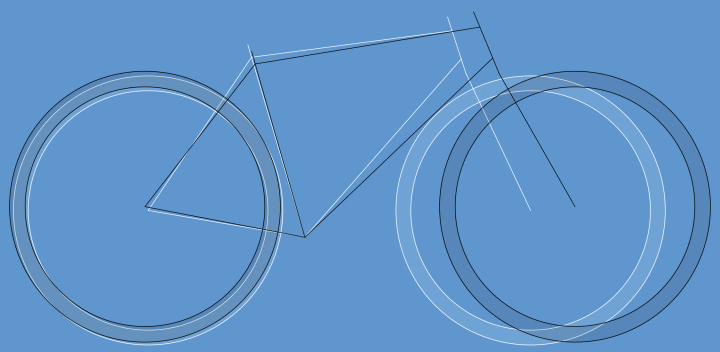

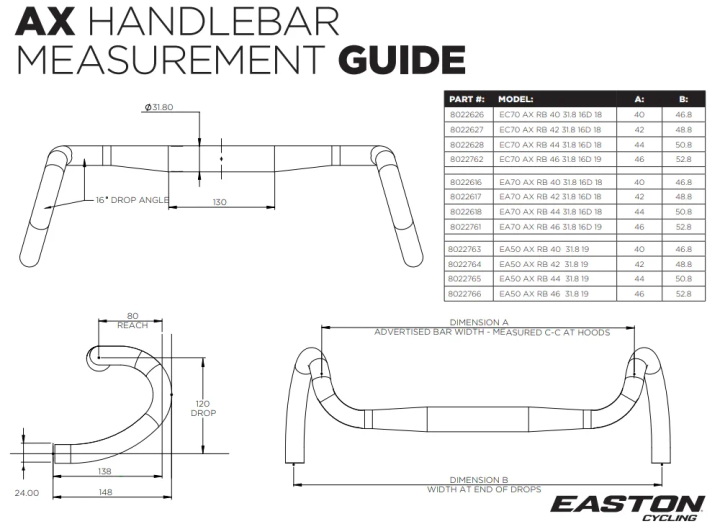
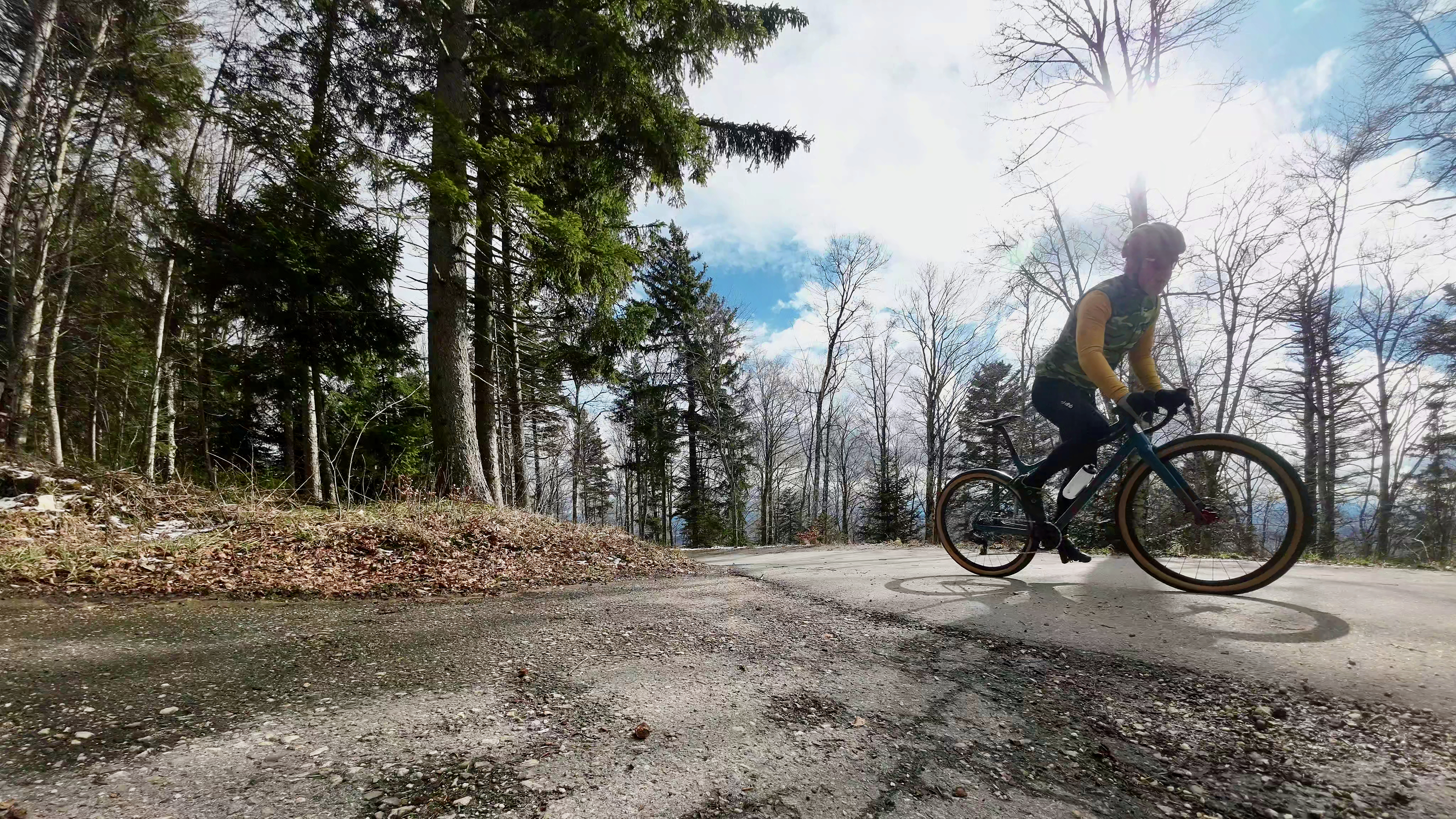
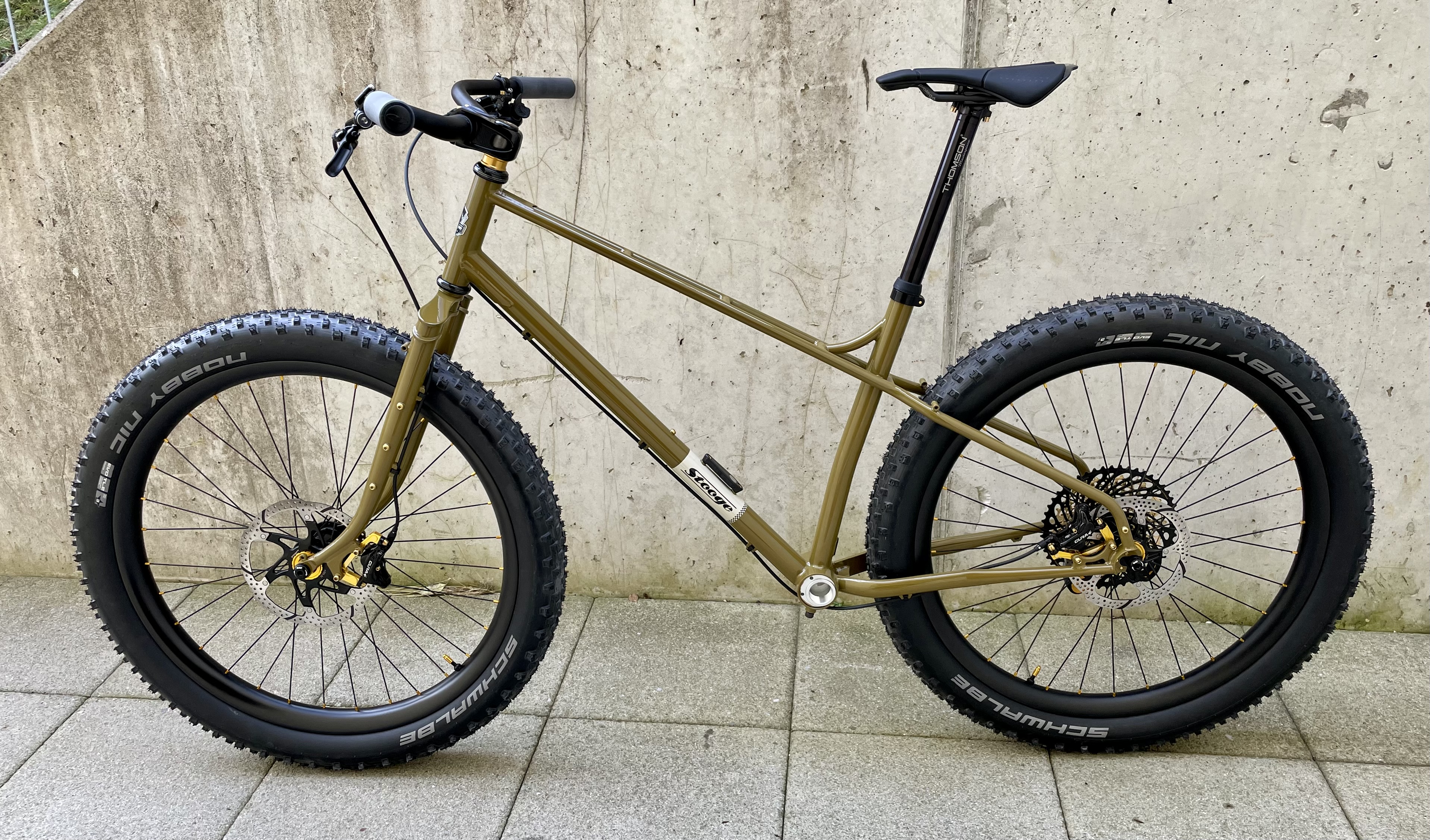
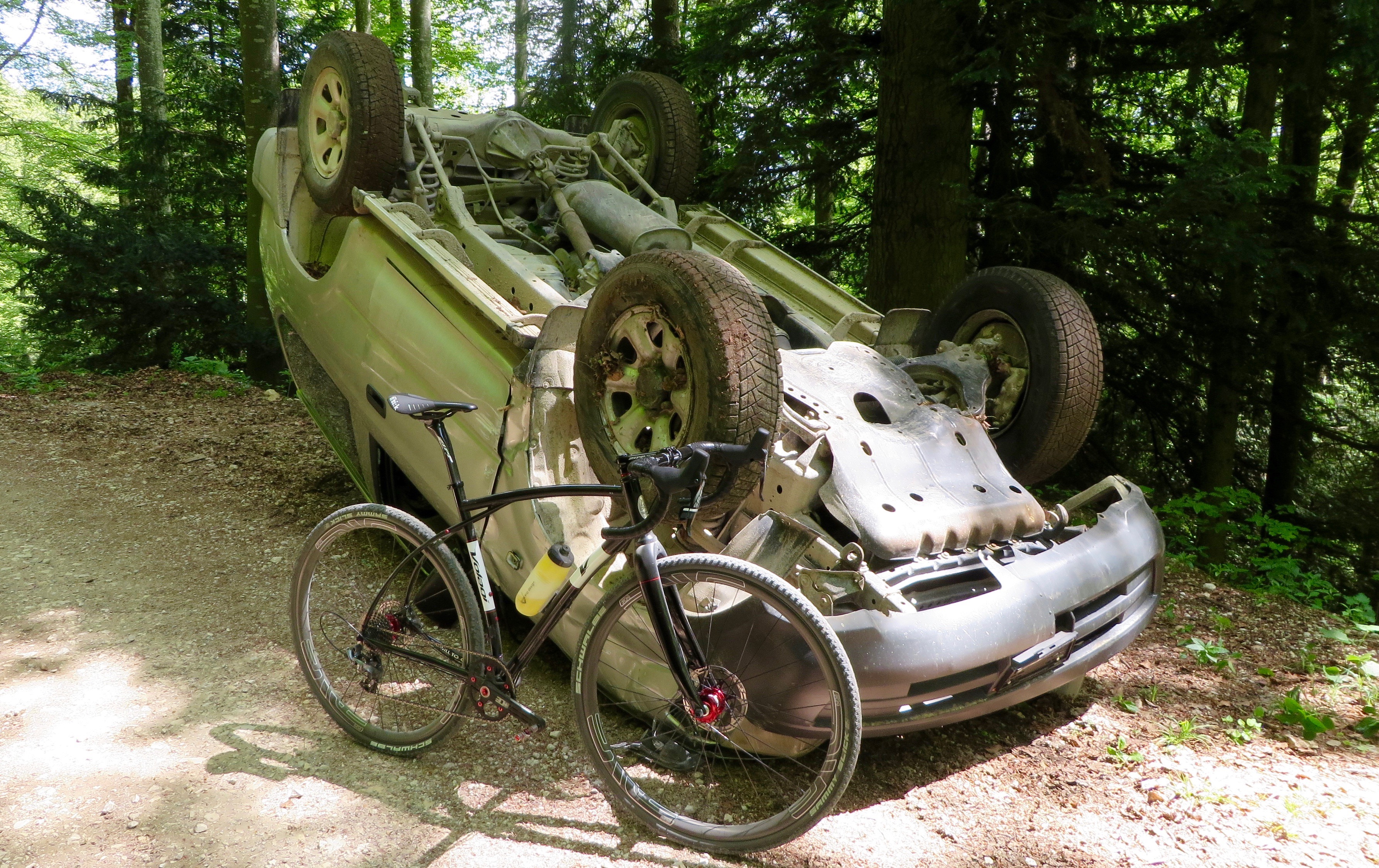
Comments